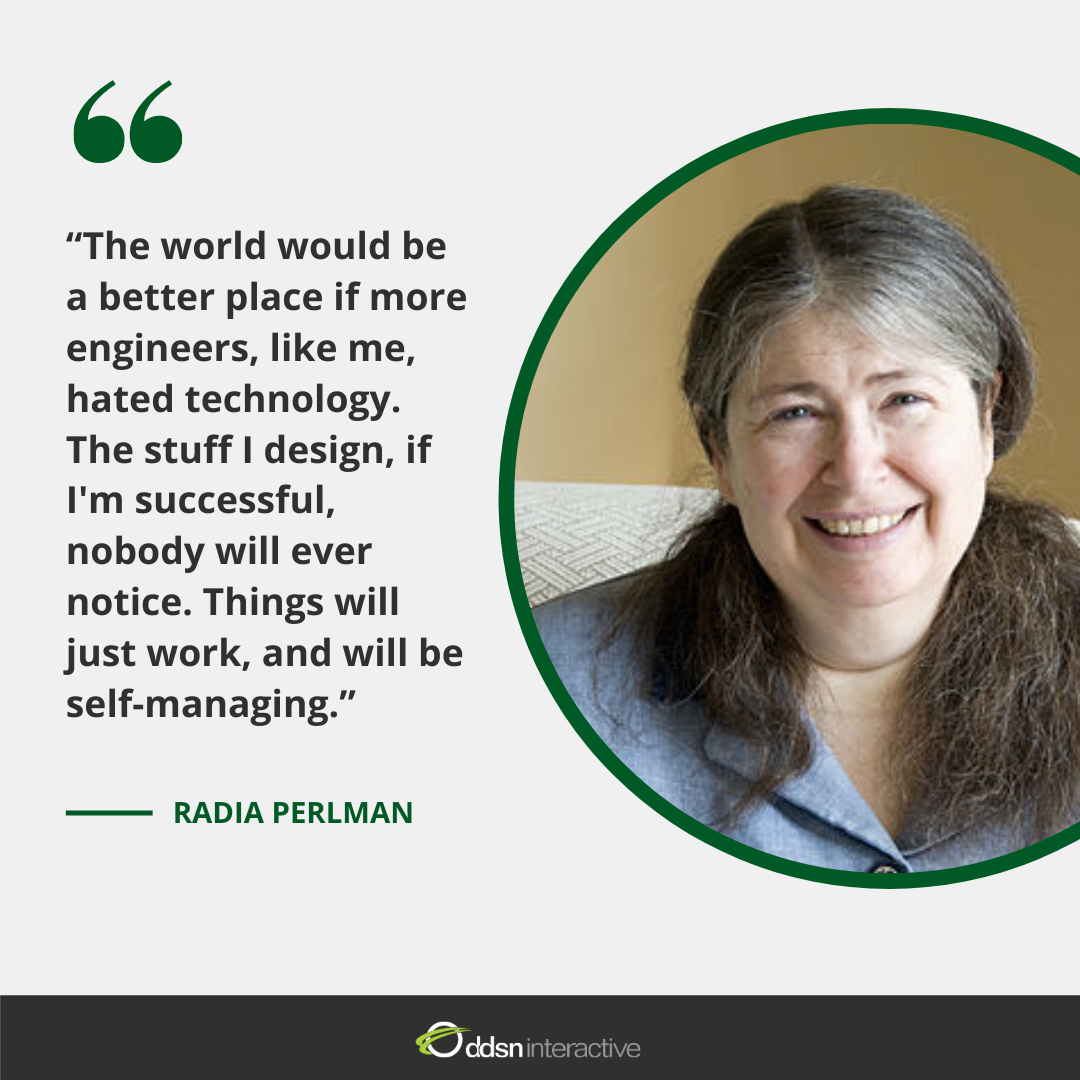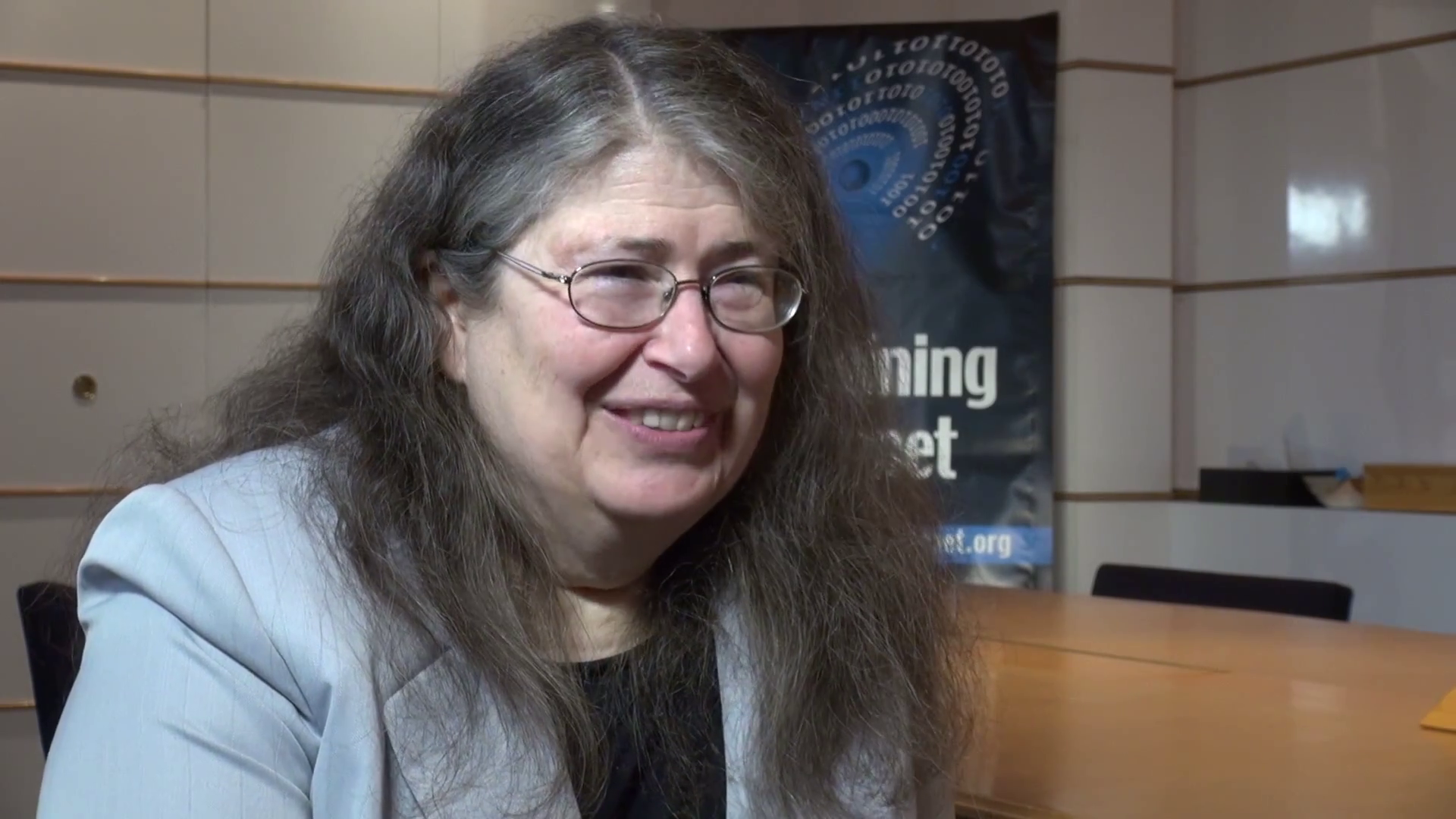

- RADIA PERLMAN ACCOMPLISHMENTS HOW TO
- RADIA PERLMAN ACCOMPLISHMENTS MANUAL
- RADIA PERLMAN ACCOMPLISHMENTS FULL
RADIA PERLMAN ACCOMPLISHMENTS HOW TO
Then, while attending Massachusetts Institute of Technology (MIT), at a time when few women did, a physics teacher’s assistant (TA) asked Radia to be a programmer for a project, which Radia quickly responded, “I don’t know how to program.” But the TA saw the potential, telling Radia that’s exactly why she was asked. Radia Perlman was first introduced to computer programming in high school when a teacher drove several students to a class at a local university, Stevens Institute of Technology. In 2017, Yale University changed the name of Calhoun College to Grace Hopper College.įabulous teachers change lives.
RADIA PERLMAN ACCOMPLISHMENTS FULL
She was buried with full military honors in Arlington National Cemetery and posthumously received the Presidential Medal of Freedom for contributions to the field of computer science. Grace retired as a rear admiral at the age of 79 - the oldest serving officer in the US Armed Forces. Fun fact: She was the first to refer to a computer problem as a “bug” after finding a large moth inside a malfunctioning computer. After the war, Grace stayed at Harvard and helped develop the Mark II and Mark III computers.
RADIA PERLMAN ACCOMPLISHMENTS MANUAL
At Harvard, she made her own mark, programming the Mark I and going on to write a 561-page user manual for the machine - the world’s first computer programming manual. She was assigned to the Bureau of Ships Computation Project at Harvard University where she worked for Howard Aiken, who had developed the IBM Automatic Sequence Controlled Calculator, better known as the Mark I, one of the earliest electromechanical computers. But where there’s a will, there’s a way, and Grace persevered.Īfter the US entered into World War II, Grace received an exemption to enlist in the US Naval Reserve (Women’s Reserve) at the age of 36.

While big on diplomas, Grace Hopper was small in stature, resulting in a rejection from the US Navy for being too short, too old (age 34), and under the weight requirement. Let’s start with the impressive degrees: a bachelor’s in math and physics from Vassar College (graduating Phi Beta Kappa), followed by master’s and PhD in math from Yale University. In 1980, the United States (US) Department of Defense named a newly developed computer programming language "Ada," in her honor, which continues to be used today. Way ahead of her time, nearly 100 years would pass until Ada’s contributions were well known, spurred by the birth of the computer science field of in 1950s. And the notion of universal computation was born, with Ava now recognized as the world’s first computer programmer.

Adding her own notes to the paper - three times as long as the original document - she outlined how to program the machine to do any type of computation. While translating an article about Babbage’s theoretical analytic engine, Ada saw the potential for the machine to do much more than compute mathematical tables. Ada would quickly shift from protégé to visionary. More than 200 years ago in the United Kingdom, Ada was introduced to math and science by tutors at the ripe old age of four - a rare opportunity for a girl in the early 1800s.Īt age 17, Ada was mentored by Charles Babbage, a mathematician dubbed “father of the computer” for developing an enormous mathematical calculating machine. While you may not know Ada Lovelace’s name (yet), you’ve probably heard of her father, the famous poet, Lord Byron.


 0 kommentar(er)
0 kommentar(er)
